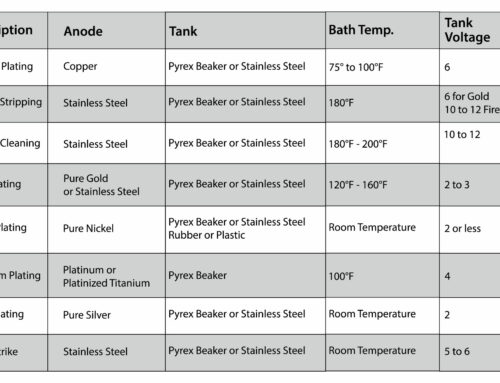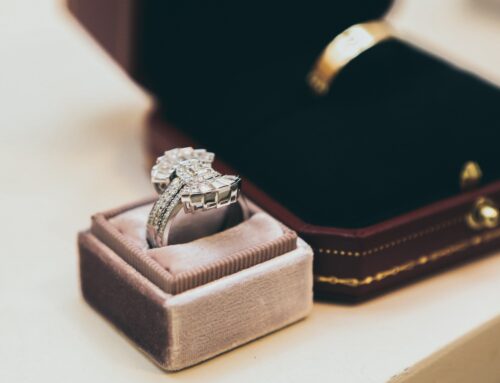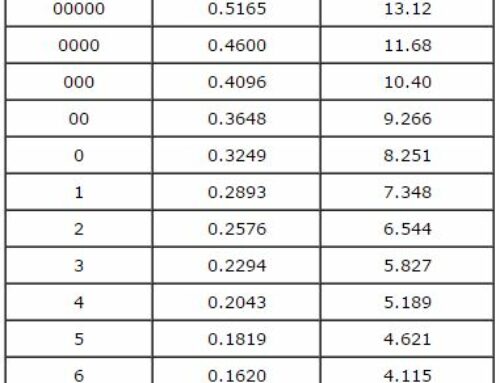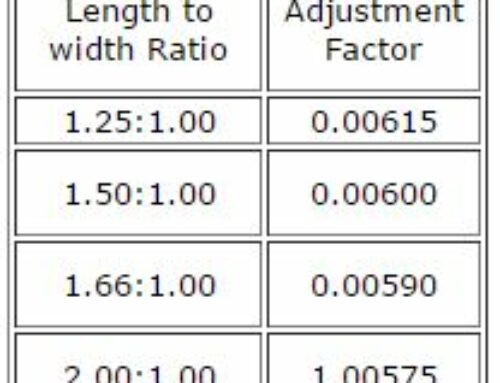If you are not getting results you trust from a streak test for your white gold, or maybe the metal was attracted to the magnet before but you are sure that it is actually gold. Since most white gold is rhodium plated which tends to be partially magnetic, you may need to perform a more destructive test to get an accurate reading for the metal’s karat value. To get under any rhodium or other plating that gives the metal its white color you will need to cut deeply into the item to get to the base metal you need to test.
This being said, it is important that you try to limit destructive testing as much as possible to items that either have little aesthetic value, or it can be easily repaired. And you should always be sure to ask for your customer’s permission before performing a destructive test on one of their items.
Tools Needed:
- A jeweler’s file or cutter
- A testing stone or other acid safe surface
- An optional jeweler’s loupe or other magnification device
- And 14 karat gold testing acid
Step 1
Take your unknown white gold and your metal file and file or grind a deep cut into the metal with a jeweler’s file or using cutters to get down to the underlying metal.
Step 2
Once you have a deep cut in the metal to get under the plating, be sure to file around the edges of the cut as well to remove as much of the rhodium plating as possible. Since rhodium plating will bubble green under an acid test, it is important to scrape the surface clean as much as possible with your file to ensure an accurate test of the metal content.
Step 3
Hold the metal over the testing plate or acid safe surface so that the cut side is facing up toward you. Carefully apply a drop or two of the 14 karat acid directly in the open cut, and away from the rhodium plating of the piece.
Step 4
Observe the reaction. You will be watching to see if some sort of green bubbles appear where you applied the acid to the metal. You may want to have a jeweler’s loupe or magnifier on hand to help you see the color changes in the metal.
- If the cut bubbles green where the acid is, the item likely has no gold or silver content at all.
- If the cut turns a light milky gray color, you can assume that it is composed of at least 90% silver.
- If the cut turns brown with very light and few green bubbles it is likely 8 karat gold or below.
- If the metal in the cut turns brown but does not bubble it is likely 10 karat gold. However, you should bear in mind that 10 karat white gold will frequently bubble green when the acid is applied, therefore it is important to double check results if you believe the metal is 10 karat gold.
- And if the cut does not change color at all, you can assume that the metal is likely 14 karat gold or better.





Kindly tell me about white gold , there is a metal which resolves in acid and its colour is green .how is gold recovery ?